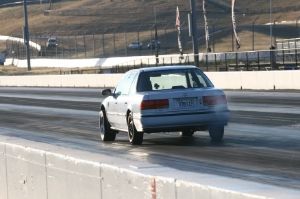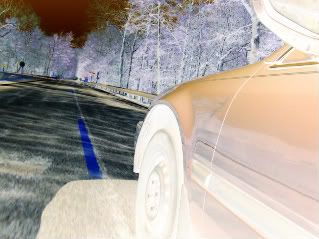Originally posted by sonikaccord
View Post
Originally posted by sonikaccord
View Post
Originally posted by sonikaccord
View Post
Originally posted by sonikaccord
View Post
Originally posted by sonikaccord
View Post
Originally posted by sonikaccord
View Post
I've never heard of BSs , or lack thereof, causing problems, other than if the belt breaks. It's certainly common for them to be deleted for race engine builds.







Comment